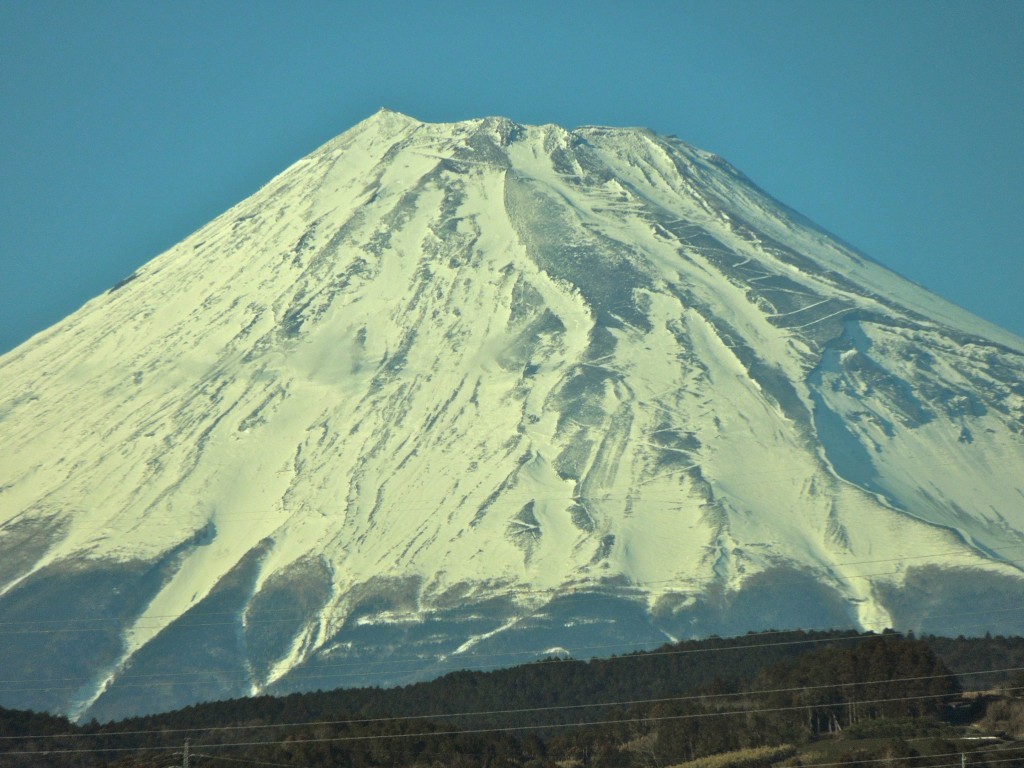One of the joys of writing this blog is the chance to interact with readers, some of whom are able to make personal contact when visiting Kyoto. One such person is Agnes Giard, whose research topic opens up new ways … Read the rest
Category: Animism (Page 15 of 19)
Japan has acquired an ugly reputation for its duplicitous, cruel and government-subsidised whale hunting, together with the subsequent feeding of contaminated meat to schoolchildren and others. Australia has currently taken it to the world court about the ludicrous claim to … Read the rest
Sanctifying sacred space is a key element in Shinto. The sense of the numinous is evident in its shrines and sacred rocks. Most of the ‘power spots’ which have won popularity in recent times relate to Shinto.
In an … Read the rest
Alan Watts has been talking about ‘Man and Nature’ in the fortnightly podcasts issued under his name. Many of the points he makes relate to Shinto concepts. The integration of humans and nature in ‘Daishizen’. The way all human life … Read the rest

Symmetrical and snow-capped, Mt Fuji is an iconic symbol of Japan. Since ancient times it’s been held in awe, and many Japanese harbour the desire to climb it at least once. It was previously nominated as a Natural Heritage … Read the rest
Following a recent research trip to Mt Fuji to check on its World Heritage status, Green Shinto will be featuring a series of articles about Japan’s largest and most sacred mountain over the following days.
The designation of Fuji … Read the rest
It’s sometimes said that Shinto’s roots lie in the Yayoi period (300BC – 250 AD), when incomers from the continent brought in beliefs connected with wet-rice agriculture from Korea and China. So what was the situation before that?
It … Read the rest
